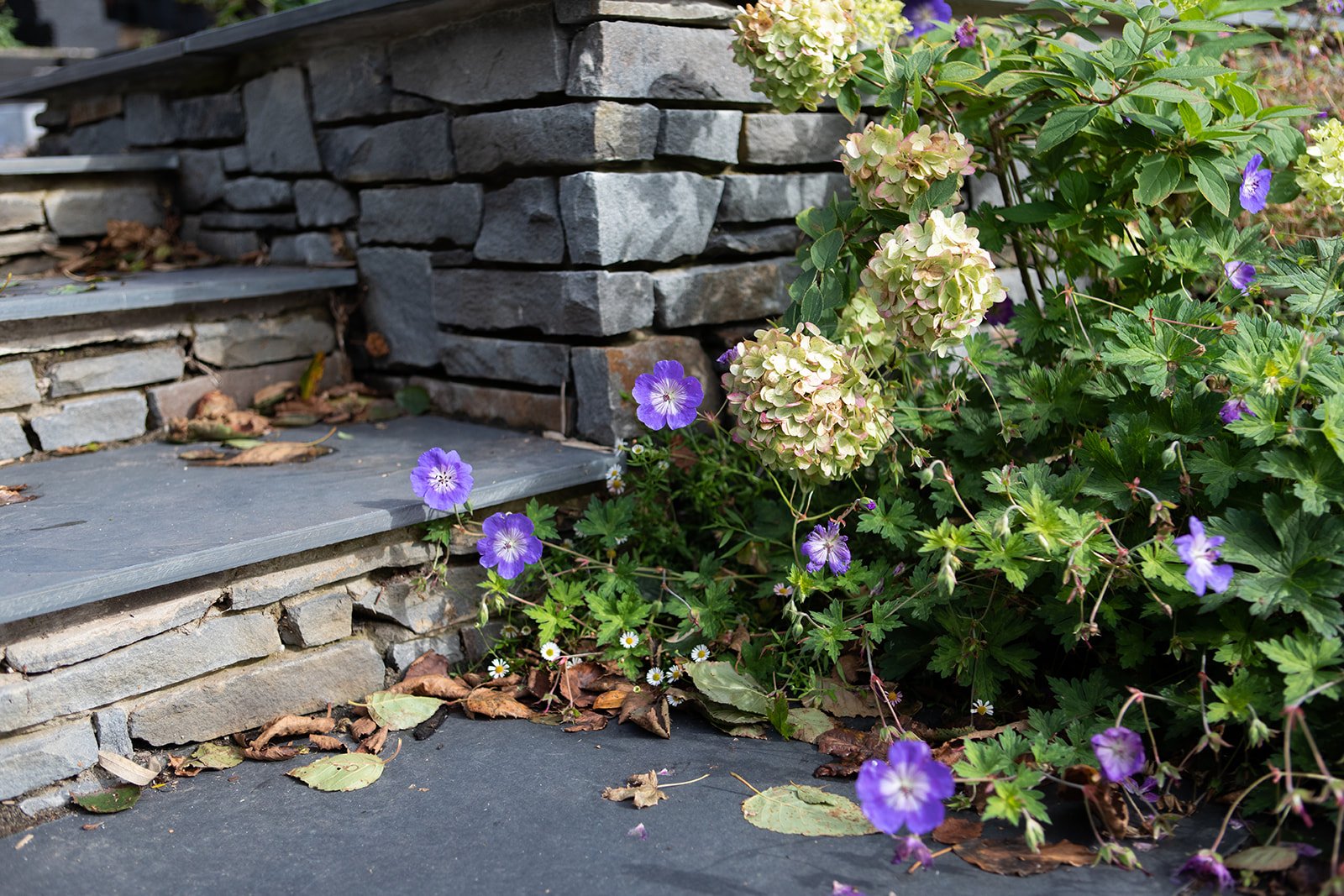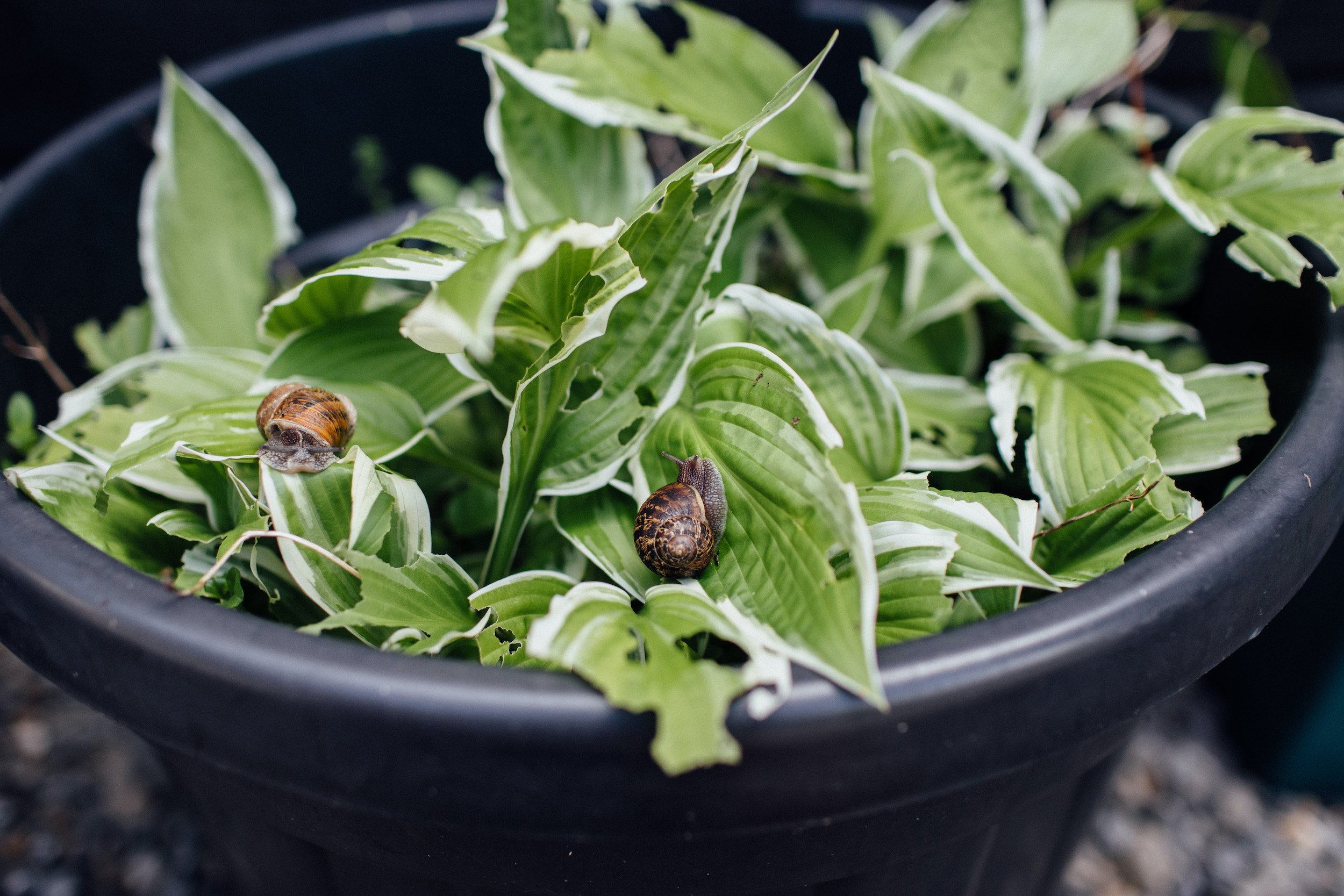Plant guide: Hydrangea
Hydrangeas were a classic garden favourite of the 1960s and ‘70s, with their huge pink or blue mop-like flower heads seen in gardens around the country.
They fell badly out of fashion for a while, but it’s safe to say their star has risen again, and they’re once again one of the most popular plants in gardens, in cut flower bouquets and – of course – on Instagram!
There is an ever-increasing range of hydrangeas available – from the original varieties with classic, huge, (dare we slightly garish?!) pink / blue flowerheads, to those with more contemporary white or lime-coloured blooms, and even a range of climbing hydrangeas that will grow up walls and are used as much for their trailing abilities as their flowers.
Here where we live in South Wales, everyone has a hydrangea in their front garden. Our acid soil and the high rainfall are the perfect conditions to keep them happy.
Botanical name: Hydrangea
There are a number of different species available, a few of the most popular being Hydrangea paniculata, Hydrangea arborescens and, for a climbing plant, Hydrangea petiolaris. Within these families are a range of different cultivars, and hydrangeas are typically known by these names. Hydrangea arborescens ‘Annabelle’ for example, usually just referred to as Hydrangea ‘Annabelle’.
Plant type:
Predominantly deciduous shrubs.
Hydrangeas grow on a woody structure, with leaves that die back over the winter months. There are a few evergreen hydrangeas, which retain their leaves all year round.
Growing conditions:
Hydrangeas can be grown in the soil or in pots.
Hydrangeas need moist soil, that is well-drained. Avoid dry areas.
They prefer dappled shade – nowhere in full sun, which can scorch them, or in total shade, which would prevent them growing well.
They prefer acidic conditions. Some will even change flower colour depending on the acidity of the soil – pink in more alkaline soil, blue in acid soil.
If you’re growing in pots, use an ericaceous compost (this just means a compost with high acidity levels).
If you want to grow in the ground, check the acidity levels of your soil. (See our guide to understanding soil acidity for more info.) Hydrangeas will be happiest in acidic soil. If you are gardening somewhere with more alkaline soil, you can dig a hole and fill it with ericaceous compost, or you could even sink a large container below the soil level, again filled with ericaceous compost and grow the hydrangea in there. (This would keep the soil acidic for longer, as it keeps it contained.)
Acidity levels do deplete over time, so you would need to “top up” each year, either with fresh compost, or by regularly adding a top dressing. (This is why you often hear people talking about their Granny growing the most amazing hydrangeas by feeding them with coffee grounds, pine needles or egg shells. These are all different ways of increasing soil acidity…)
If you’re growing hydrangeas with blue or pink flowers, they will have a blue colour in acid soil and a pink colour in alkaline soil. So, to retain that gorgeous blue colour, make sure your soil stays acid. (And, yes, pine needles, egg shells and coffee grounds will all help with that!)
How to plant:
Hydrangeas are large shrubs, so are usually bought as mature plants ready to flower. They’re very popular, so are easy to find in garden centres and plant nurseries, as well as from online plant shops, such as Crocus.co.uk or Sarah Raven.
Heights vary, and some varieties will need to be staked, so choose an appropriate cultivar for your space.
Plant in Spring or Autumn.
To plant, dig a hole twice as wide as the size of the pot and to the same depth. Gently release the plant and roots from the pot, place into the hole, and back fill the soil around it. Firm in gently and water well. (See our guide to planting out container grown plants for more detailed information.)
Care:
You’ll need to water the plant really well while it establishes, so make sure to check on it during any dry spells, especially for the first Spring and Summer, and water thoroughly to prevent it drying out.
After the first year, you should only need to water it if there is an extended period of drought.
If you’re growing them in a pot, then you will need to water them thoroughly throughout the growing months, as frequently as once a day in really hot spells.
Hydrangeas generally need to be pruned each year. This removes the old flower heads before new ones appear and also stops the plant growing too tall and unshapely. You can leave the old flower heads on throughout the Winter months, but prune them back in Spring before the new flowers are ready to appear. Different types need slightly different timings, so it’s best to check on the exact details for the one you are growing.
The flowers of Hydrangea paniculata ‘Limelight’ turn a dusky pink as they age…
Hydrangeas and geraniums growing together in our garden: a reliable border combination that are both resistant to slugs and snails
Uses:
Hydrangea flowers look amazing on the plant out in the garden, but have become possibly even more popular grown as a cut flower. (Just check Instagram for an amazing range of Hydrangea #sinkies – gorgeously styled sinks full of freshly cut hydrangea blooms from the garden!)
To get the best vase life from a freshly cut hydrangea bloom, cut first thing in the morning, before the plant has been in the heat of the day. Place the cut stems straight into a bucket of water. Keep in the shade, out of direct light. Once you have cut all of the stems, submerge fully in cold water (stem and flower head) in a cool and shady place for 4-6 hours. This helps the plant take up as much water as possible through its stem and therefore prevents it wilting.
You can also dry the flower heads to keep them lasting even longer! There are a few different methods you can try. You could leave them to dry on the plant, cutting once they are papery. You can hang a cut flower stem upside down and leave it to dry out in a cool place. Or you can simply leave cut hydrangeas in a vase of water, allowing the water to fully evaporate, as they slowly dry over time. This is our favourite way, as you get to enjoy them as a bouquet first! Experiment with a few different options and see which works best for you / the hydrangea you’re growing…
Grow with:
Hydrangeas always look great in a mixed border, grown with other cottage garden favourites. Grow alongside impressive foliage of ferns or hostas in a shady border. Or match with other Summer flowering plants, such as lavender or verbena, with some evergreen shrubs to provide structure.
We’ve also seen borders filled only with hydrangeas growing in popularity. This is a really spectacular sight when the hydrangeas are blooming, but do remember that they don’t always look that exciting for the rest of the year – especially the deciduous varieties, that spend a good few months of the year looking like a collection of sticks!
Our favourite varieties:
We love the paniculata varieties, which have taller, more elegant blooms. ‘Limelight’ is our absolute favourite, with its flowers that change colour from lime green, to cream and finally pink. It’s got a gorgeous vintage-type hue and looks so good for months on end.
‘Annabelle’ is a really popular variety on Instagram. It has absolutely huge cream white flowerheads. This will need staking though, which Limelight doesn’t, so keep that in mind if you want a more low-maintenance plant.









